-
Welcome to Tundras.com!
You are currently viewing as a guest! To get full-access, you need to register for a FREE account.
As a registered member, you’ll be able to:- Participate in all Tundra discussion topics
- Transfer over your build thread from a different forum to this one
- Communicate privately with other Tundra owners from around the world
- Post your own photos in our Members Gallery
- Access all special features of the site
Blue smoke on cold starts.
Discussion in '1st Gen Tundras (2000-2006)' started by Ksheridan, Jan 30, 2025.
Page 1 of 2
Page 1 of 2


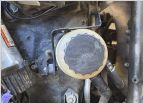 Power Steering Relocation
Power Steering Relocation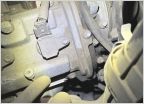 First steps for my new-to-me 05 Tundra
First steps for my new-to-me 05 Tundra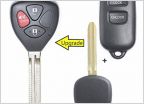 2006 Keyless entry - lost both FOBs
2006 Keyless entry - lost both FOBs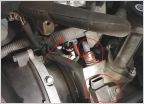 PCV Valve Replacement Instructions-4.7L
PCV Valve Replacement Instructions-4.7L 2006 Tundra OEM Foglight Kits & TPS Issue
2006 Tundra OEM Foglight Kits & TPS Issue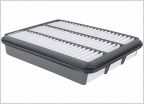 Motor air filter question. 1st gen 8 cyl. tundra.
Motor air filter question. 1st gen 8 cyl. tundra.














































































